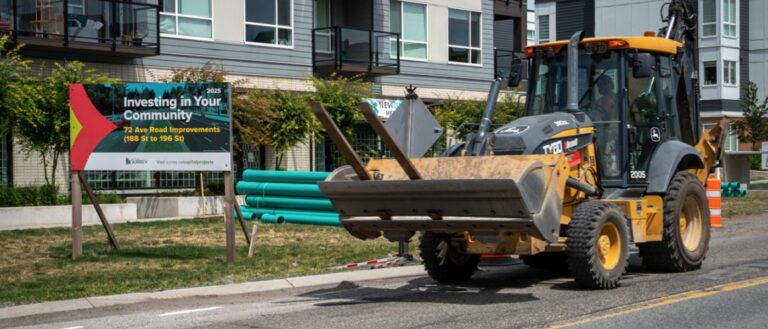The Government of Ontario took further steps to deliver on the government’s commitment to widen and twin Highway 17 between Kenora and the Manitoba border by signing a Memorandum of Understanding with Niiwin Wendaanimok, a partnership of four First Nations with interests in the project area.
Under the guidance of Elders from the four First Nations, the Ministers participated in a Manito Aki Inakonigaawin (Great Earth Law) ceremony with Ogichidaa Francis Kavanaugh, Chief Marilyn Sinclair, Washagamis Bay First Nation; Councillor Billy Wahpay, Shoal Lake 40 First Nation designate; Chief Chris Skead, Wauzhushk Onigum First Nation; and Chief Lorraine Cobiness, Niisaachewan Anishinaabe Nation. This memorandum of understanding will guide the relationship and the engagement processes for the project in the spirit of co-operation and collaboration.
“The signing of today’s agreement with Niiwin Wendaanimok is a key milestone for this important project,” said Minister of Transportation Caroline Mulroney. “We are committed to maintaining a long-term working relationship with Indigenous communities in the Kenora area to ensure the successful completion of the project. We have a shared goal to create meaningful economic opportunities for local Indigenous communities and build better transportation in Northern Ontario.”
The agreement on a collaborative relationship and process is an important and timely step for the Highway 17 project and a critical part of the province’s continued inclusive and respectful consultation with First Nation communities.
The Niiwin Wendaanimok (Four Winds) Group is a partnership among the governments of Shoal Lake 40 First Nation, Washagamis Bay First Nation, Wauzhushk Onigum First Nation and Niisaachewan Anishinaabe First Nation.
Ontario is also engaged with Iskatewizaagegan #39 Independent First Nation on the project and continues to move forward with them.
Ontario is also engaging with the Métis Nation of Ontario and the public as part of the planning process for this project.
Ontario has also been engaging with Iskatewizaagegan #39 Independent First Nation about improving safety on sections of Highway 673. The upgrades involve improvements to horizontal curves along four sections of Highway 673.
The twinning/widening of Highway 17 between Manitoba/Ontario border and Kenora will be carried out through three sections: Manitoba/Ontario border to Highway 673 (6.5 km); Highway 673 to Rush Bay Road (8.5 km); Rush Bay Road to Highway 17A (25 km).
The project is entirely within the Treaty #3 (1873) territory.
Highway 17 is a strategic link in the Trans-Canada Highway system. There is no alternate route when there are collisions or road closures. Closures can significantly affect local, regional and national economic interests.
Ontario remains committed to targeting shovels in the ground on section 1 of the project by summer 2020, while taking the time to hear and address any affected rights and interests and mitigate impacts related to the project.











